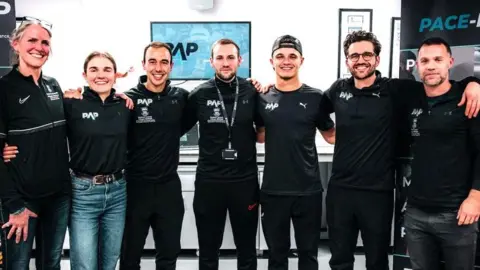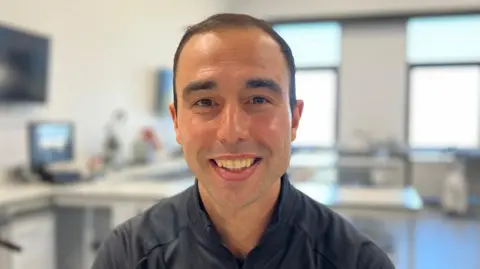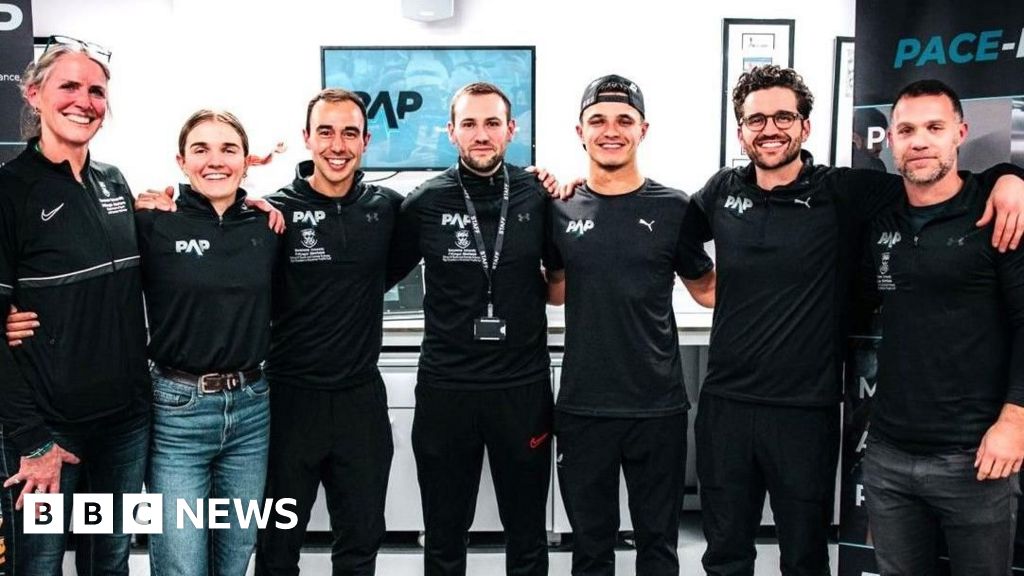Formula One drivers navigate extreme challenges, from racing at speeds exceeding 200mph to enduring harsh G-forces and high temperatures while also dealing with varying time zones.
Although Wales recently became the first UK nation to introduce a 20mph speed limit on certain roads, sports scientists from Swansea University are helping F1 competitor Lando Norris reach peak performance.
The team at Swansea University has subjected the McLaren driver to extensive testing prior to the season, aiming to enhance his training and improve his chances of success.
Jon Malvern, Norris’s performance coach, noted, “An F1 driver faces 24 races plus testing each year, involving international travel and exposure to various time zones and extreme heat conditions.”
He questioned, “How can we consistently ensure that these athletes are prepared to perform at their best three to four days a week, for 24 weeks each year?”

Jon Malvern
Transitioning from last weekend’s race in Japan to this week’s race in Bahrain involves a significant six-hour time adjustment. Singapore’s grand prix presents its own challenges, with temperatures soaring to 34C (93F) and humidity levels reaching 90%.
Due to the thick protective suits that drivers wear, cockpit temperatures can rise to a scorching 60C (140F), causing drivers to lose several kilograms of sweat during races.
Swansea University’s “environmental chamber” conducts tests on drivers’ “thermoregulation” capabilities, along with various other environmental conditions encountered on and off the track.

Jon emphasized, “Our primary guideline is to assess anything that could potentially hinder lap times and improve it if necessary, enhancing their physical and mental capabilities.”
Jon has forged a partnership between his venture, Pioneered Athlete Performance, and Swansea University’s PACE-MAP project, aimed at advancing motorsport athlete performance.

Christian Vassalo expressed the honor of collaborating with Norris, stating, “Swansea University is among the first institutions globally to perform human research in elite motorsport categories.”
With the margins between victories often just milliseconds, every detail holds significance. He stated, “The traditional view that drivers aren’t athletes is changing. It’s evident that, physiologically and biomechanically, these drivers excel in their roles.”
This data equips drivers to maximize their preparation methods. Lead researcher Prof. Liam Kilduff remarked on the research’s extensive impact, highlighting its role in fostering student interest.
As Norris aims for a victory in Bahrain to maintain his lead in the drivers’ standings, a small support team at Swansea will be cheering for him.




